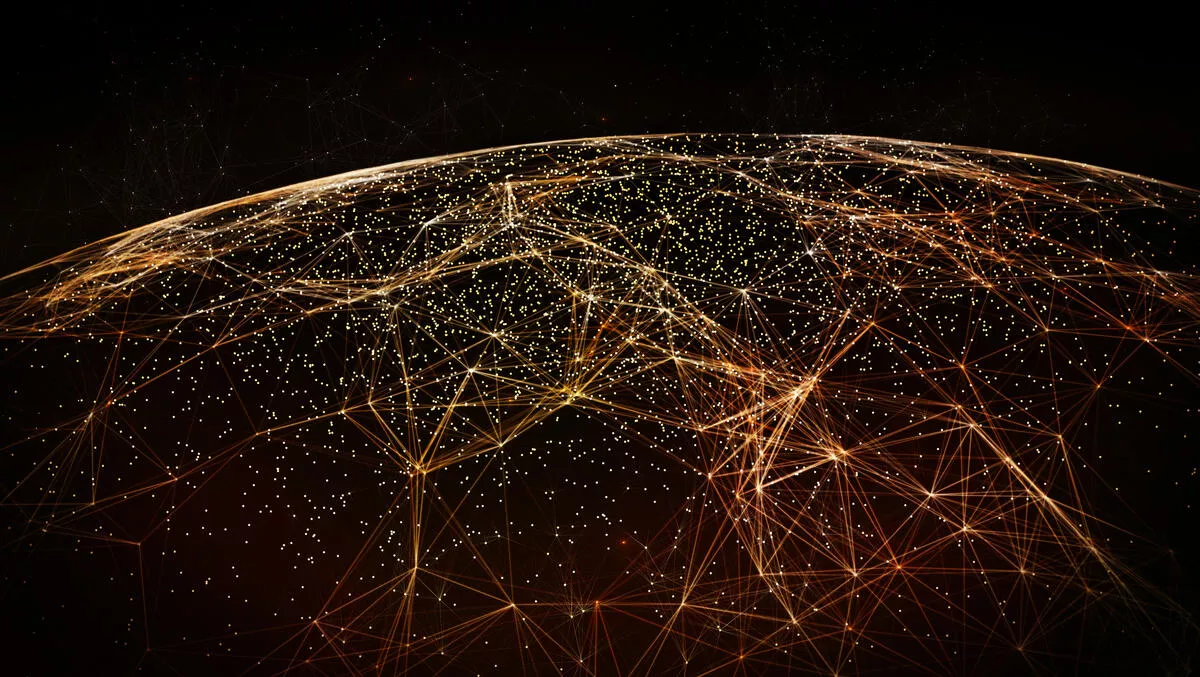
Self-driving data centres: Managing the transition from human-to-AI workload management
Organisations have naturally accelerated their digital agendas as employees were forced to work remotely amid the pandemic.
Meanwhile the nature of work has continued to evolve, with data center workloads having grown exponentially.
While data center managers have always used conventional tools to react to shifts in workloads, they've never been able to forecast for change. This issue has come to the fore over the past 18 months as workload distribution has been increasingly subject to sudden change.
As a result, AI and automation have become powerful tools in workload management and an essential part of every CIO's strategy. Autonomous technologies help manage workloads within an enterprise's infrastructure in real-time by better identifying workload patterns, matching demands with data center capacity, spotting anomalies, and predicting breakdowns and outages much earlier.
The ability to mitigate downtime and keep workload clusters up and running is crucial to maintaining efficient workload operations into the future. For example, Google's DeepMind AI system helped the company achieve a 15% reduction in energy consumption at some data centers, by using algorithms that manipulate computer servers and equipment such as cooling systems.
Infosys applied AI offers enterprises an integrated way to scale and future-proof their business by converging the powers of AI, analytics and cloud to deliver new business solutions.
Beyond improving overall operational efficiency, these technologies can help free the workforce from mundane tasks and create more time for creative thinking and tackling broader business issues.
How easily can your enterprise embrace AI-drive workload management?
It won't be long before all data center managers are faced with the choice to embrace AI-driven reinvention for revenue growth. But how an organisation handles the transition from human-to-AI workload management depends on its technological maturity, scale of operations and its data center's dynamism.
The Infosys Cloud Radar Report shows Australian enterprises have led the way in digital and cloud technology investment, but this is predicted to fall over the next few years.
Additionally, the Future of Work study shows that approximately a third of global CEOs are concerned about the availability of critical skills amid the trend towards remote work. It also predicts that the nature of jobs themselves will change, requiring new skills and methods of attaining them
Where there are concerns about limited tech workplace talent, like in Australia, accelerating AI adoption and optimising workload management in data centers can contribute to more meaningful work.
Before leaders get comfortable handing essential business responsibilities to a piece of software, significant barriers need to be overcome to building robust and responsible AI-managed workload systems. For example, predictions made by the AI-powered workload management tool and its overall intent must be fully explainable to an enterprise's IT team, otherwise its scalability will be limited. Additionally, AI models are traditionally built for fixed and predictable environments; hence, testing a workload management model for data drift and bias is crucial to avoid blind spots.
It's encouraging to see more organisations looking for a comprehensive approach to scale enterprise-grade AI for their workload management. AI's powerful automation ability coupled with predictive insights for almost all workload operations, from maintenance and monitoring to data security, makes promise of its potential compelling.
For businesses who choose to scale automation and AI investments, new doors for meaningful work will be opened in the future.

